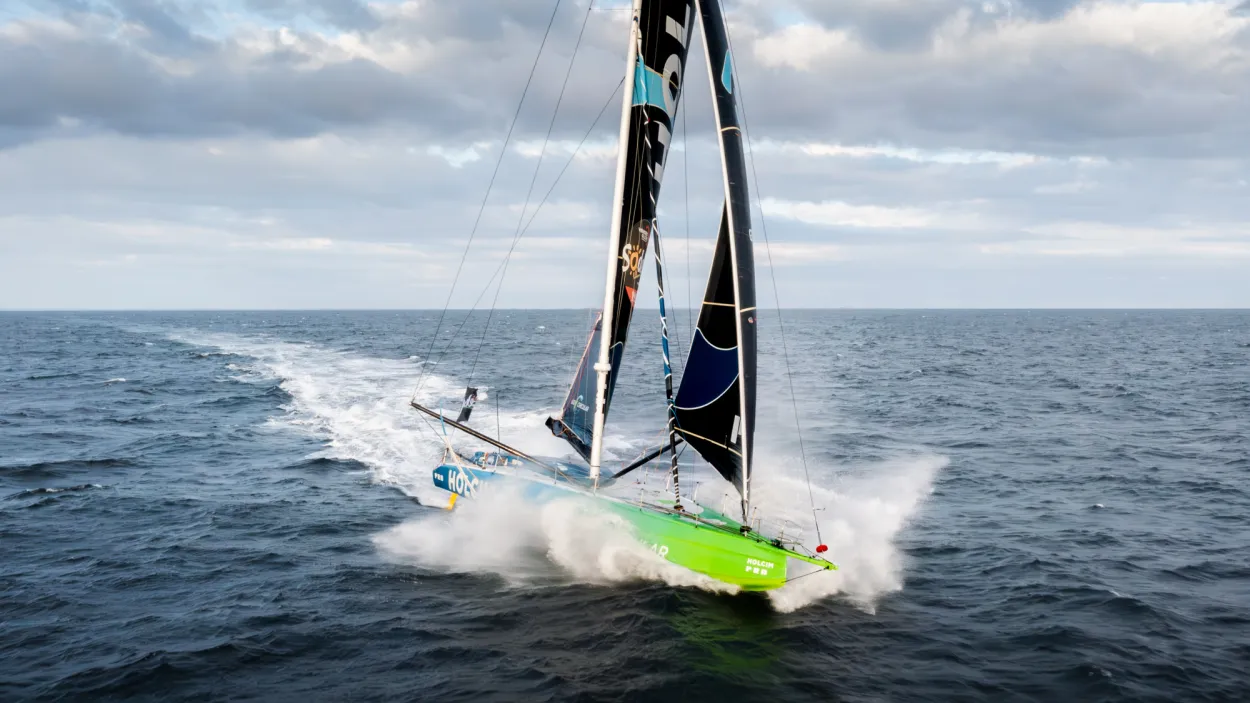Anticipating to avoid being trapped by the first southern ocean depression
Since crossing the longitude of Cape Agulhas, just after the Cape of Good Hope, Nicolas Lunven and his competitors have been navigating the Indian Ocean—one of the most challenging areas on the Vendée Globe route. The first three days in the Indian Ocean have been relatively calm, but starting today, December 3th, the situation is set to change, with the solo sailors beginning to feel the effects of a deep low-pressure system catching up with them.
With a vigilant eye on the rearview mirror, Nicolas Lunven is advancing Holcim-PRB through the roaring forties. Currently 5th in the fleet, he has lost some ground to the leaders, Charlie Dalin and Sébastien Simon, who are heading south, while Nicolas has opted for a more northern course. A conscious choice to prioritize safety over risk-taking.
A massive depression is arriving from the west, catching up with us, and sweeping through the Kerguelen area. When it reaches my position, it will deepen significantly and become quite intense. The center of this depression is relatively far north. If you get trapped just ahead of its center, or worse, to the south, you’ll face northeast or even easterly winds. That would mean tacking against the wind, and the tail of the depression gets very intense. Winds can reach 50 to 60 knots, creating an intense sea state! Wave models are showing heights of 8 to 9 meters.
The description of the approaching conditions is worrying. Positioned further north, Nicolas aims to avoid the worst of the wind and waves, even if it means a longer route. “On paper, this isn’t necessarily a winning route; it’s more about escaping the depression. At least I didn’t want to end up suffering through it. This northern position gives me the option to head even further north if needed to escape stronger winds and seas. This depression deserves careful attention. I plan to navigate under challenging but manageable conditions, which should allow me to keep the boat moving effectively compared to those who might be battered by the depression’s core, risking damage. There’s also the chance you could lose control of your boat in such conditions, leading to a route that isn’t as advantageous as it might seem,” explains the Holcim-PRB skipper, who continues sailing alongside Charal, also favoring a northern course.
By midday December 3th, the wind is expected to strengthen. Ahead of the depression, the green-and-blue IMOCA will sail at high speeds over flat seas before facing the heart of the storm. “At first, it should be pleasant as we head northeast on port tack. But when we jibe and head southeast to rejoin the Vendée Globe route, we’ll have to balance wind strength and sea state,” Nicolas notes.
At the front of the fleet, the leading boats are in different conditions and have chosen other strategies.
I see that the leaders, with MACIF and Dubreuil, have gone straight south. Paprec Arkea is nearby, but Vulnerable hasn’t managed to catch up with the leading trio and is stuck in a windless zone, moving more northward. I preferred to make this choice early to avoid being caught right in front of this very strong depression.
Yesterday, he took time for a full check-up of his boat. His calm demeanor since the race began hasn’t wavered. Having sailed 7,300 nautical miles since the start in Les Sables d’Olonne, with over 16,000 miles to go, it’s no surprise that Nicolas is approaching this Vendée Globe with measured caution as it faces its first real storm in a few hours.









